For Santa Cruz, Marinduque Mayor Marisa Red: "Tourism when planned right, can create jobs and livelihood".
Santa Cruz, Marinduque, is betting on a bold development strategy. Under Mayor Marisa Red-Martinez, investments in healthcare, infrastructure, and creative industries are turning the town’s cultural heritage into an engine for jobs and sustainable growth. Can a focus on local empowerment and tourism transform this rural municipality into a model for economic resilience?
Holy Tuesday in the usually quiet town of Santa Cruz fills the streets with a rare and lively energy. From every corner of the town center, speakers play solemn, almost haunting hymns that echo through the narrow streets. Around the plaza, small groups of locals slip into carefully crafted costumes, transforming themselves into centurions, saints, and disciples for the town’s annual Moriones Parade. Each costume reflects years of tradition and countless hours of meticulous handiwork by local artisans who have, for days, filled workshops with the sounds of stitching, cutting, and painting.
Crowds gather early, staking out good vantage points along the route. Restaurants and small food stalls bustle with business as families prepare for the long procession, and hotels—some booked months in advance—are filled to capacity with visitors from across the country. The Lenten festival has become more than a celebration of faith; it has turned into a national cultural event that showcases local talent and craftsmanship. In recent years, Santa Cruz has emerged from obscurity to become a key destination, drawing visitors eager to witness its unique traditions.
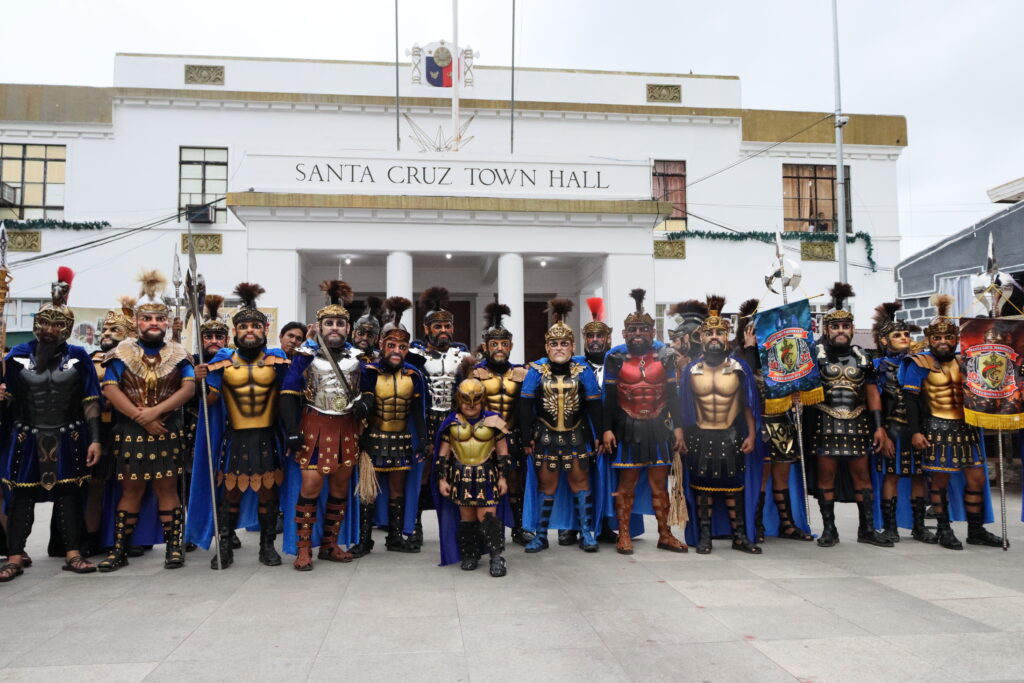
But the story here goes beyond the pageantry. This cultural revival and economic activity are the results of deliberate steps taken by Mayor Marisa Red-Martinez, who, through a combination of social programs, infrastructure investment, and public works, has made events like the Gunita Parade more than just local celebrations. Her initiatives to improve healthcare, bolster public services, and enhance local livelihoods have laid the groundwork for these events to flourish and for tourism to grow as a viable economic engine.
Tourism and creative industries are often lauded as catalysts for local economies, offering a path to sustainable prosperity for regions rich in cultural assets but short on traditional industrial opportunities. Yet, transforming a community into a hub for tourism or creative enterprise is no simple task. It requires more than promoting picturesque landscapes or hosting vibrant cultural festivals. The formula for success demands solid foundations—well-functioning social services, reliable infrastructure, and public investment—all of which are necessary to enable local populations to contribute to, and benefit from, economic growth. Without these essentials, tourism and creative sectors remain mere aspirations.
Mayor Red understood from the outset that tourism and creative industries could not grow without a solid foundation. Under her leadership, millions have been directed into upgrading essential services, ensuring that Santa Cruz’s festivals and cultural offerings could support both economic growth and community pride. Each year, as the crowds grow and more locals find work tied to the festival season, the town’s potential as a sustainable cultural and creative hub becomes increasingly clear.
Laying the Groundwork for Economic Transformation
At the heart of Mayor Red’s vision is a strategy that begins with meeting the essential needs of her community. By focusing on healthcare, infrastructure, and social services, she has established the conditions necessary for Santa Cruz’s economic base to expand. One of her administration’s most significant achievements has been securing medical support for the town’s most vulnerable residents. Through her personal visits and lobbying efforts with national government offices, Mayor Red has secured over PHP40 million in medical assistance for indigent patients. These funds, allocated by the national government, have ensured that residents have access to critical healthcare services, relieving families of potential financial ruin and supporting a healthier workforce.
This focus on healthcare is more than a matter of public welfare. Healthy citizens are far more likely to participate productively in the economy. In industries like tourism and creative arts, where entrepreneurial spirit and hands-on work are indispensable, health stability enables locals to work confidently, without fear of financial catastrophe from illness or injury. A reliable healthcare system, then, becomes a pillar that supports economic development.
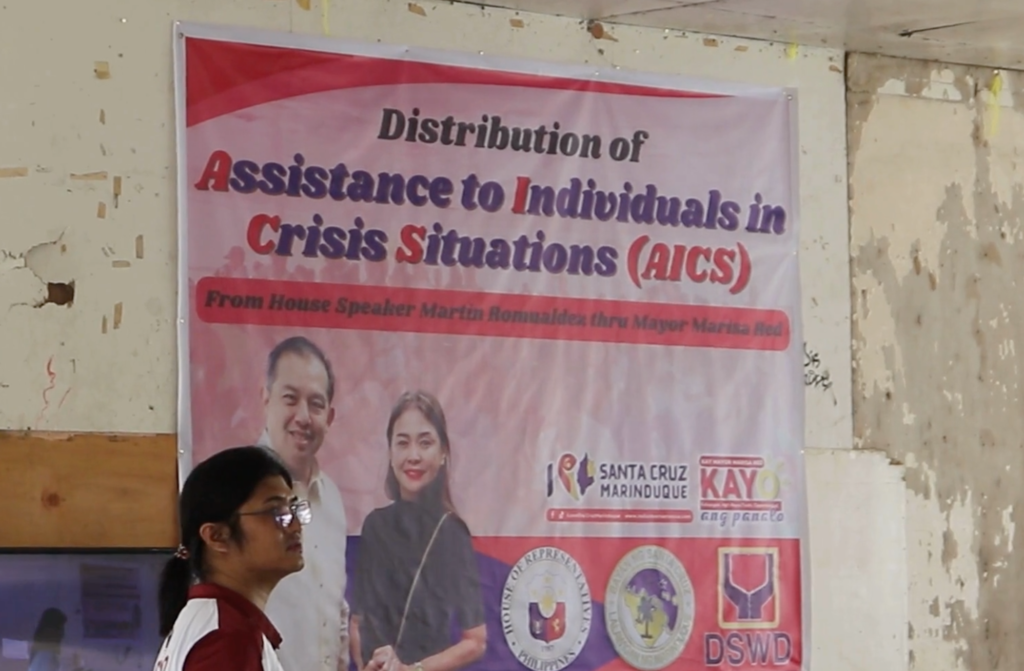
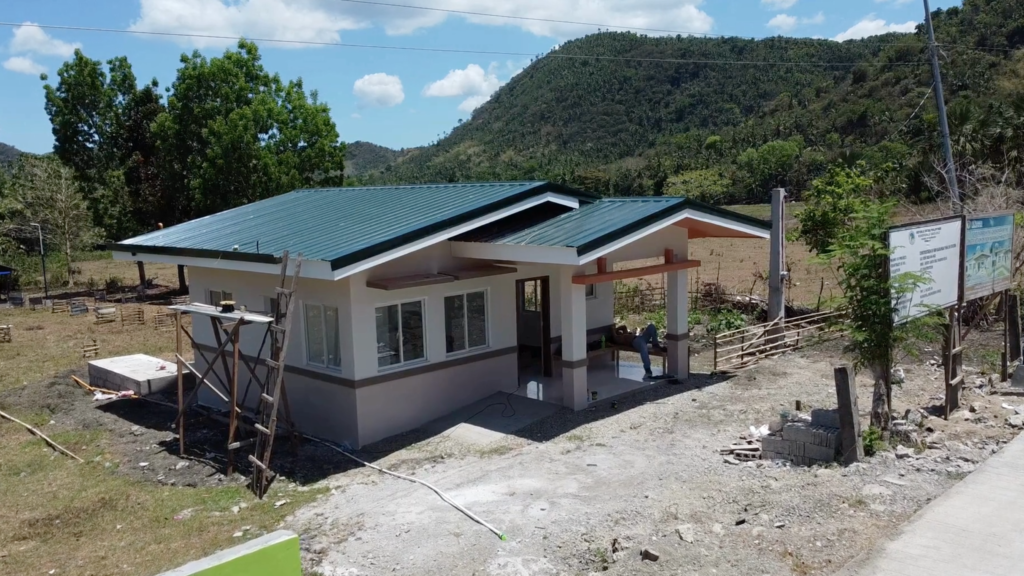
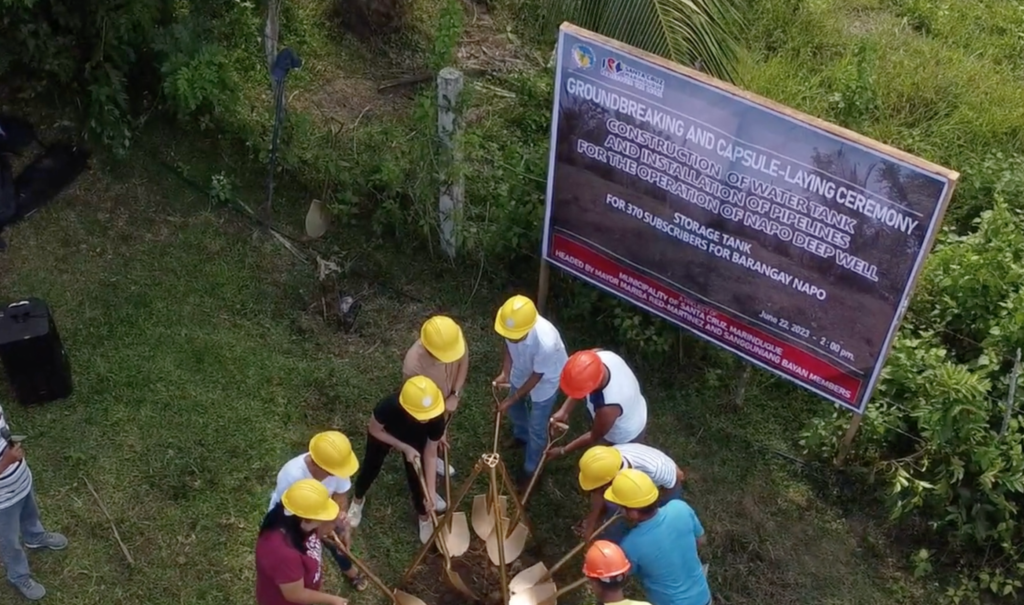
The investments in infrastructure further solidify Santa Cruz’s potential as a destination. A prime example is the PHP125 million secured through the mayor’s determined lobbying of national legislators for the improvement of the town’s waterworks system. Consistent access to clean water is essential not only for residents but also for businesses, hotels, and restaurants that serve the town’s visitors. With reliable water infrastructure in place, Santa Cruz is better positioned to attract and support a growing tourism sector.
Tourism and Creative Industries: Catalysts for Job Creation
Tourism has long been viewed as a sector with high potential for job creation, particularly in areas with rich cultural and natural heritage. In Santa Cruz, where the scenic landscape and the renowned Moriones festival draw tourists, Mayor Red’s vision is to turn these assets into reliable sources of employment. Beyond the jobs directly tied to hospitality—such as those in hotels, restaurants, and tour guiding—her approach involves supporting a network of local enterprises that benefit from the visitor economy.
Artisans, for instance, are positioned to take advantage of the growing influx of tourists by producing and selling crafts that reflect the town’s unique heritage. The Moriones festival, one of Santa Cruz’s most celebrated events, demonstrates how cultural tradition can drive economic opportunity. As visitors flock to the festival, local businesses from souvenir vendors to performance groups enjoy increased demand, providing seasonal employment and creating an economic boost.
But Mayor Red’s support for creative industries goes beyond tourism itself. She has fostered an environment where local artists can thrive, supporting the development of a creative economy that sustains itself long after peak tourism seasons. This creative economy encompasses a wide range of opportunities in fashion, visual arts, and performance, generating jobs and income that are deeply rooted in Santa Cruz’s cultural identity. A successful artist or designer in Santa Cruz today has the potential to reach markets far beyond Marinduque, enabled by digital platforms that connect local creativity with a global audience.
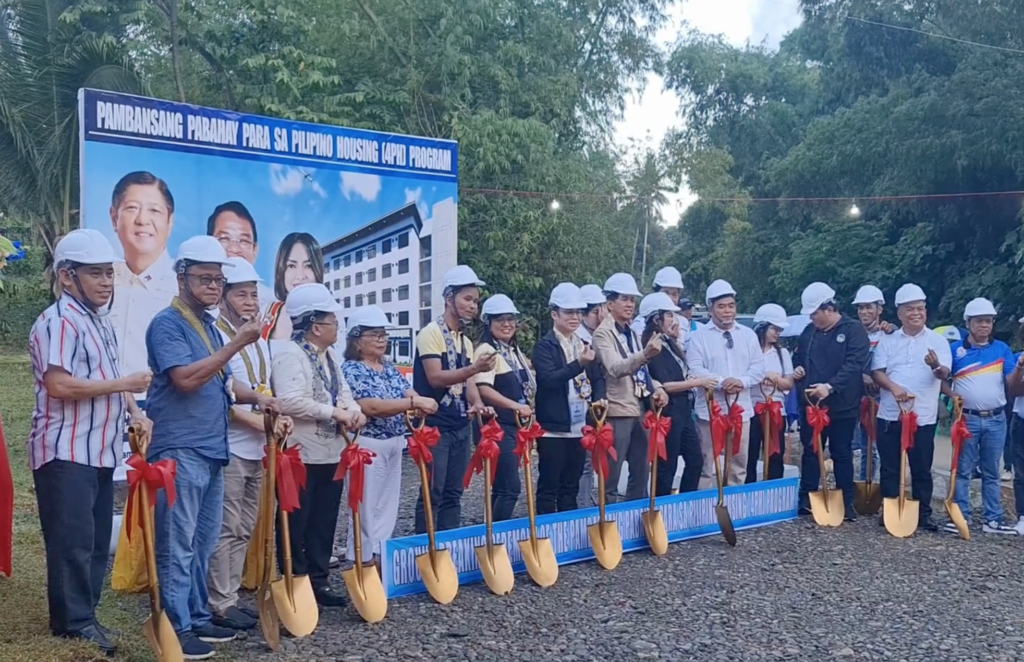
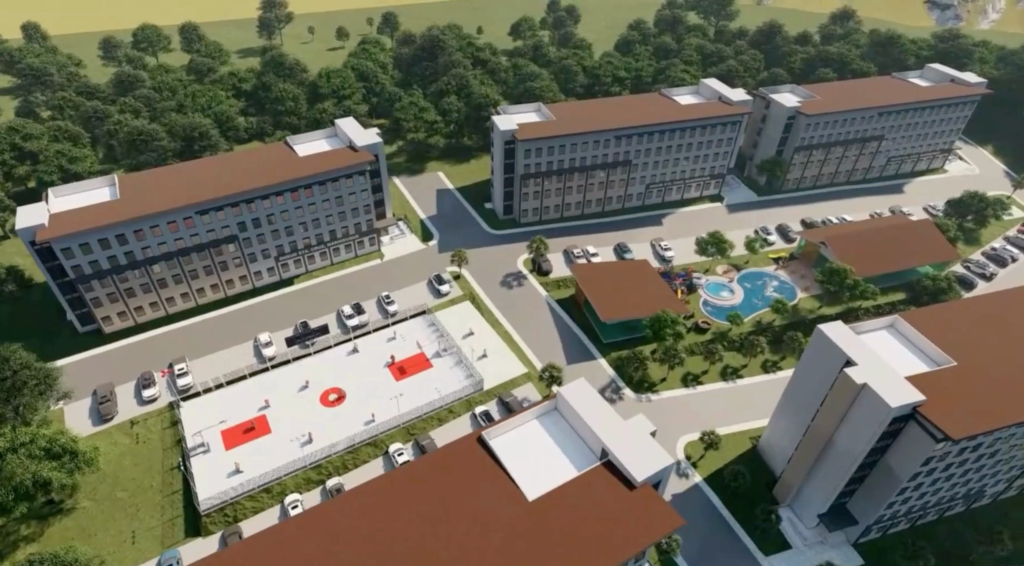
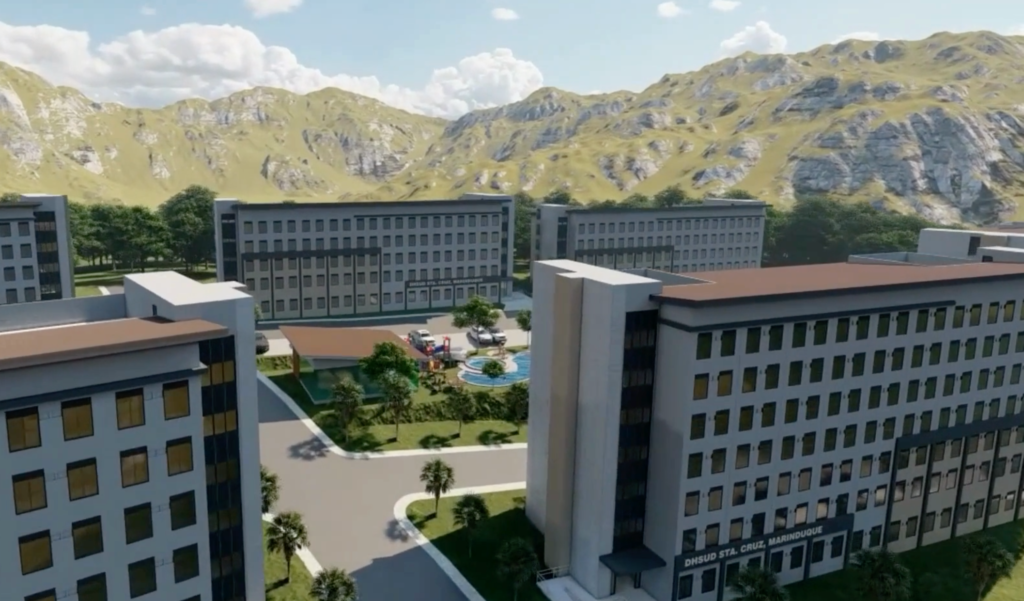
Sustainable Livelihoods at the Core of the Vision
At the center of Mayor Red’s approach is her commitment to generating sustainable livelihoods. Creating jobs that are temporary or seasonal is not enough; her policies aim to provide long-term opportunities for Santa Cruz’s residents, particularly its youth. Through training programs, mentorship, and initiatives like Tanim Pag-asa (a backyard vegetable gardening project), her administration is empowering locals to create and sustain their own livelihoods. In tandem with healthcare and infrastructure, Mayor Red has prioritized affordable housing as a cornerstone of Santa Cruz’s economic development.
Through her efforts, Santa Cruz became a recipient of the first public-subsidized housing program in the MIMAROPA region, providing a pathway to secure, stable housing for residents who might otherwise struggle to find affordable options. This initiative not only addresses a critical need within the community but also enables workers, artists, and entrepreneurs to remain in Santa Cruz, invest in their work, and contribute to the local economy without the insecurity of housing instability. By reducing the financial burden on residents, the housing program bolsters the foundation for long-term participation in both the tourism and creative sectors, allowing Santa Cruz’s workforce to grow in a sustainable, inclusive manner.
Mayor Red’s strategy reflects an understanding that resilience in job creation is crucial. In alignment with sustainable development practices, her administration’s initiatives provide workers with skills and opportunities that are adaptable to changing economic landscapes. Her administration’s rural livelihood initiatives, such as the fabrication of fiberglass bancas for both tourism and fishing, and the distribution of livestock, have created additional revenue sources, reducing economic reliance on a single industry and fortifying the local economy against fluctuations in tourism.
The potential for job creation within the tourism and creative sectors is substantial. Tourism, when thoughtfully developed, creates diverse employment opportunities: from tour operators and hospitality workers to artisans and performers. The creative industries, meanwhile, provide flexibility, with opportunities to scale as businesses grow. By connecting Santa Cruz’s artisans, designers, and cultural entrepreneurs with global markets, Mayor Red has opened avenues that both preserve the local heritage and generate income, leading to a sustainable, culture-driven economy.




Infrastructure as a Backbone for Tourism Development
One of the most pressing challenges rural areas like Santa Cruz face in growing their tourism sectors is the lack of robust infrastructure. Without well-maintained roads, dependable water systems, and essential public services, even the most attractive destinations struggle to draw tourists. Mayor Red has tackled these obstacles head-on, ensuring that Santa Cruz is equipped with the infrastructure needed to support an expanding tourism sector.
During her first term from 2016 to 2019, Mayor Red took the unprecedented step of filing an expropriation case against the Marcopper Mining Corporation, marking a significant milestone in local governance. The Marcopper mine, which shut down in 1996 following a catastrophic spill that devastated the local economy, had left behind not only environmental scars but also a crumbling, privately owned road network leading to the uplands. This neglected infrastructure had been a source of hardship for locals for over two decades, as the government could not legally repair it while it remained under Marcopper’s ownership. Mayor Red’s action was the first of its kind in Marinduque, and her expropriation case paved the way for the national government to fund crucial road repairs, transforming access to scenic upland attractions. Today, with improved roads, residents and visitors alike can explore the area’s natural beauty, including the abandoned Marcopper mine, the San Antonio River, Mount Matalim, Labo Falls, and the Tanim Pag-asa vegetable gardens. Mayor Red’s bold initiative has effectively opened these sites to tourism, unlocking both recreational opportunities and new potential for economic growth in District 6.
The construction of barangay health centers, disaster risk management facilities, and a new municipal cemetery may not immediately seem connected to tourism. However, these projects significantly improve the overall livability and functionality of the town. Visitors are more likely to return to destinations that are well-organized, clean, and efficiently managed, while locals gain greater motivation to invest in their communities. Whether by opening new businesses, joining the hospitality industry, or participating in creative sectors, residents contribute to a local economy with an increased capacity to support tourism.
Beyond physical infrastructure, Mayor Red’s administration has invested in programs that prepare residents to participate in the emerging tourism economy. Training initiatives for eco-cultural tour guiding, as well as support for small hospitality businesses, equip locals with skills that allow them to serve as stakeholders in Santa Cruz’s tourism industry. This approach fosters a sense of ownership and inclusion in the town’s development, building long-term community support for tourism growth.
The Long-Term Economic Impact on Santa Cruz
Mayor Red’s emphasis on tourism and creative industries as drivers of job creation is not just a short-term solution; it is a vision for sustained growth. Her administration’s groundwork seeks to ensure that the economic benefits of these sectors extend well beyond their immediate impact. By focusing on sustainable livelihoods, Santa Cruz is becoming a model for how small towns can leverage their cultural and natural resources to build lasting economic opportunity.
The impact of tourism and creative industries stretches into a broader economic ecosystem that includes local agriculture, small businesses, and community services. For instance, increased tourism stimulates demand for locally sourced food, encouraging farmers to expand their production and distribution networks. Similarly, as more visitors come to Santa Cruz, the need for transportation, accommodation, and recreational services grows, further stimulating the local economy.
Mayor Red’s approach is deeply inclusive, ensuring that economic opportunities are accessible to all members of the community. This inclusivity is particularly crucial within the creative industries, where diversity is essential for innovation. By empowering residents from various backgrounds and experiences to contribute to these sectors, her administration is building a more resilient economy capable of adapting to future challenges.


